What is Pearl Luster and What is Its Value?

If there is one thing we can define as eternally beautiful and famous, it is a pearl. Despite the twenty-first century, the popularity of pearls has not shown even the slightest signs of diminishing. From celebrities on the red carpet, movie stars, and businesswomen to young girls, women of every age and status favor them.
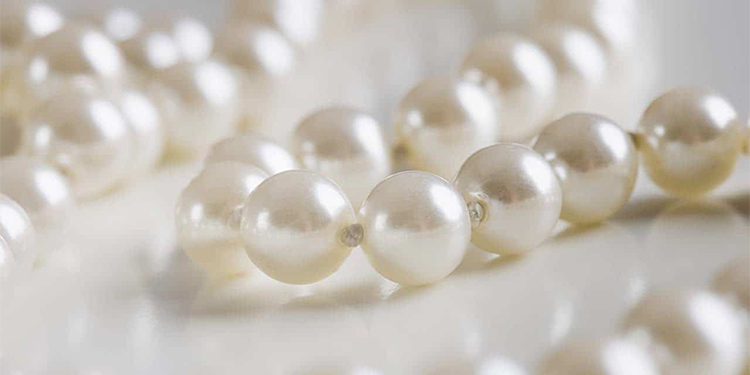
Nothing can outdo the Luster and the exquisiteness of pearls formed inside mussels and oysters. The gems continue to pique the fascination and interest of beauty enthusiasts from all corners of the world, being the first choice for special occasions and for adorning women,
We join the rest of the world in saying that pearls, with their outstanding Luster, are intrinsically and eternally beautiful objects. Their unique shape, color, silkiness, and Luster set them apart from the rest of the gems. Their ability to refract and reflect light is why many describe pearls as the queen of gems too.
In this article, we will discuss all pearl luster and much more. Keep reading!
What is Pearl Luster?
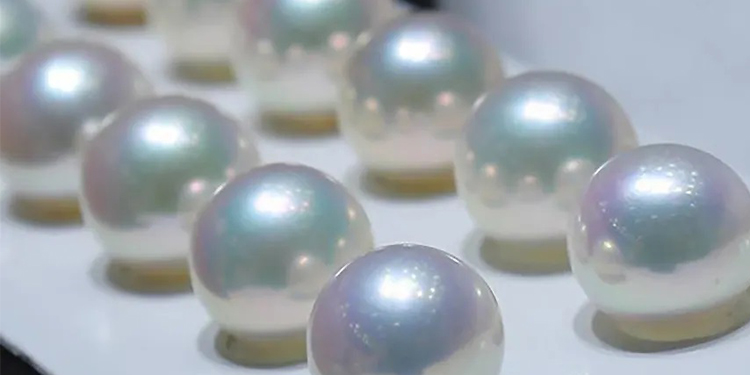
One would naturally assume that a potential pearl buyer would value size, color, shape symmetry, and surface quality more. But instead, those who truly value the worth of real pearls believe that the essential element is the Luster itself.
If a pearl doesn't have an excellent luster, it wouldn't be of much value, nor would pearl appraisers, specialists or jewelers grade it too high. So what is Luster exactly?
To be able to identify and value the worth of a pearl truly, we can look at three of its essential components:
- The sharpness of the pearl's reflection, which is visible on its surface
- The rate at which the light reflects off the gem's surface
- The quality of the light beams breaking out through the pearl's nacre layers
There are four major types of pearls, and for each to be graded as AAA quality, they must possess a very high luster. However, also note that every pearl type is exquisite and has one way of playing with light. Hence, while the quality of Luster matters greatly, you should also pay equal attention to its light-refracting ability to evaluate it.
How do Pearls get their Luster?
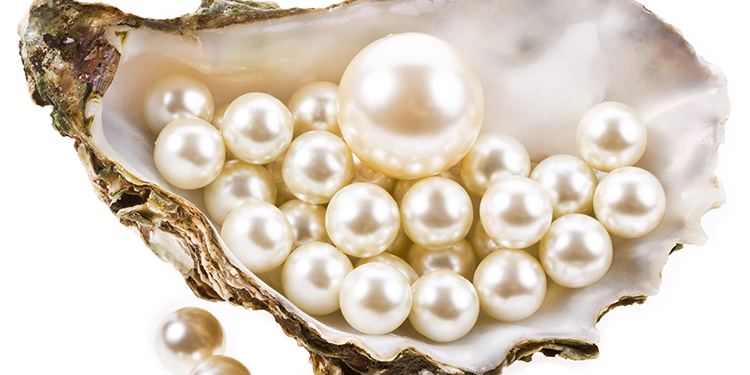
Perhaps it wouldn't be an exaggeration to say that what attracts us most towards a nacreous pearl is its distinctive way of seeming to glow from within. What's more, this glow is genuinely one of its kind, and not even the plethora of other gems can replicate it.
The other most common reference for this unique glow is Luster. Pearls are usually valued by their Luster, the rate at which light reflects off the pearl's surface. The Luster of a pearl also considers the sharpness of reflection on its surface.
The unique glow of the pearl that we all admire is also due to the Luster, the element that measures how well the light beams out of the nacre layers of the pearl. The Luster is truly what lends a pearl its astounding natural beauty. Luster occurs from the reflection of the light rays of the pearl, not only from its surface but also the inner, concentric nacre layers.
As we know, the nacre layers of a pearl are the layers of molluscan shells you will find in iridescent layers inside the precious gem. Each iridescent layer of the nacre thickness comprises alternating layers of organic materials and aragonite platelet film.
Perhaps the unique circular shape of the pearl adds more to this Luster, with its round surface acting as a convex mirror for the light to seem as if it is emanating from within.
Below is a detailed description of the different pearl types and their unique Luster.
Akoya
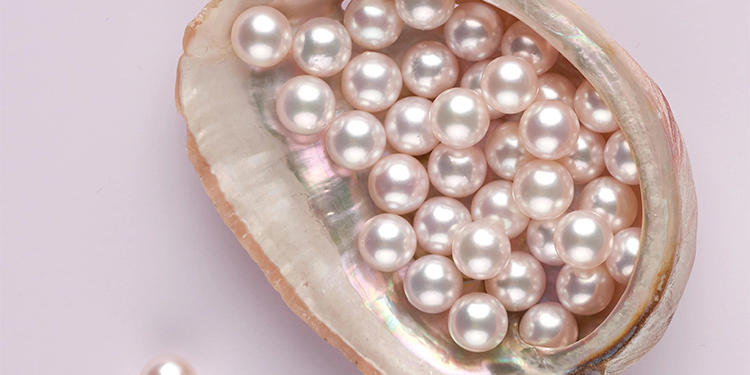
Akoya is the leading choice among pearl enthusiasts around the world. Perhaps it is because this type possesses the highest luster quality. Hence, whenever you behold an Akoya pearl, you will find a super reflective, shiny, and sharp shine catching your eye.
Akoya pearl has an exceptional luster due to where it is cultured. This pearl variety is raised in cool waters surrounding China, Japan, and Vietnam, with the waters being fifteen degrees cooler than other parts of the world. Due to the different and cooler environment, the nacre excretes slowly.
The gradual process results in a more compact crystal structure, giving birth to a peal with superior reflective and refractive qualities.
It is no wonder most describe these pearls as having 'ball-bearing' or 'mirror-sharp' luster. Jewelers and pearl enthusiasts rate Akoya pearls as follows:
- Excellent
- Very high to excellent
- High
- Very high
- Poor- very rarely
- Medium
AAA Quality Akoya Luster

Akoya pearls with a AAA grading mean they have a luster that is graded as very high to excellent, or even excellent. Buying Akoya pearls with this grading means the gem possesses light sources reflecting off the pearl's surface. Hence, you will find a crisp and very prominent shine on it, with no or very few hazy edges.
To test the luster quality of your Akoya pearl, you could always check for your reflection in it. If you see an almost mirror-like, highly-detailed reflection, you've got a precious pearl for life.
On average, you can pay around $200 to $10,000 for a quality Akoya pearl necklace.
AA+ Akoya
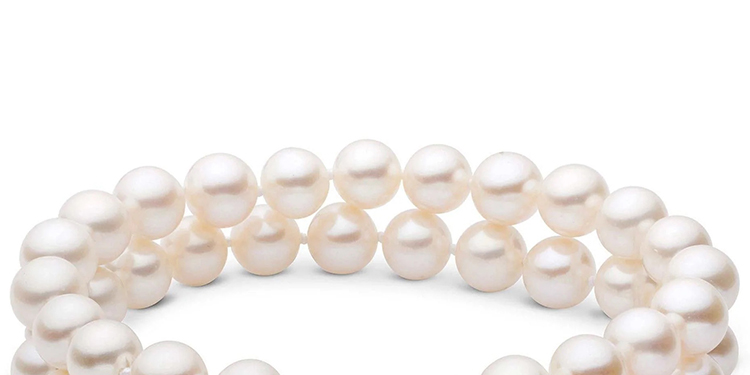
Akoya pearls with this grading will have a high or very high luster. As such, you will find a sharp light reflection on the surface of the pearl, with a slight haziness around its edges. When you peer into this quality pearl for your reflection, you'll be able to see it, but with your nose, eyes, and such features blurry.
Pearls of this grade can cost around $150 to $10,000 and above.
Hanadama Pearl
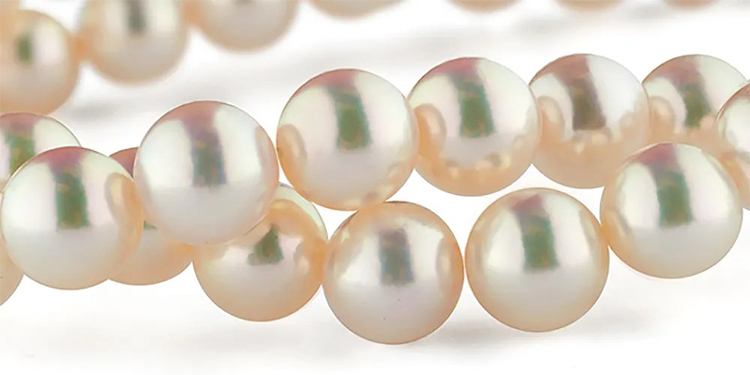
If you want to find Akoya pearls with the highest grading of Luster, then Hanadama pearls are what you should be looking for. These pearls typically have an 'Excellent' luster, perhaps why many dubs these the Ferraris of the pearl world.
Even jewelers and Pearl specialists describe Hanadama pearls as the most lustrous variety. You can spot them by their intense, mirror-like reflection and a luster whose radiance is hard to miss. Pearl experts also describe the Hanadama variety as those with perfectly round shapes, more popularly as eight-way rollers.
You can test this fact out by placing a Hanadama pearl on a flat surface; it will be able to roll off smoothly in all eight directions. Another distinctive feature of the Hanadama pearl is its pastel pink hue, the reason why it is named Hanadama, meaning flower pearl.
South Sea Pearl
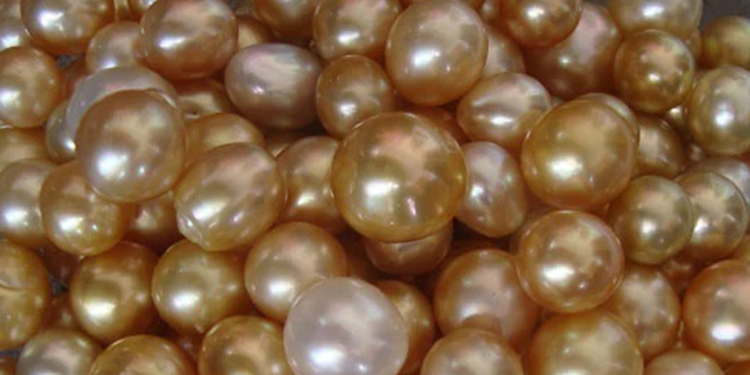
South sea pearls continue forming in the seawater for around two to three years until they have acquired thick layers of nacre. You will find a typically white-golden hue on them, the most famous pearls for their satiny appearance and texture.
The south sea pearls are also highly versatile, and we cannot limit their luster capacity to soft levels only. On the contrary, some of the highest quality south sea pearls possess an unbeatable lustrous and deep glow.
Their silky shine can outdo any other pearls. South seal pearls can have a luster graded as:
- Poor
- Medium
- High
- Very high
- Very high to excellent
- Excellent
AAA South Sea Pearl
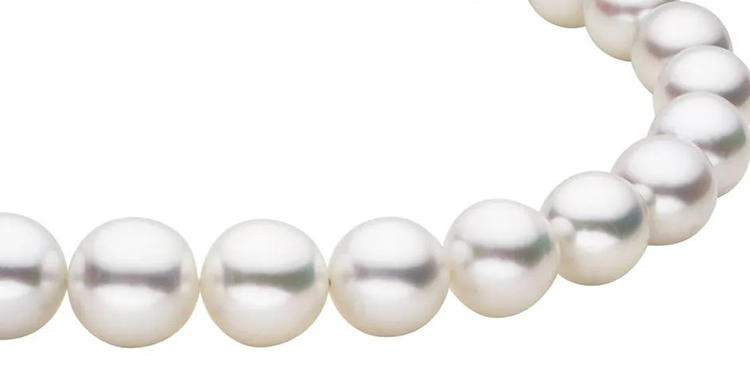
Sea pearl with AAA quality grading means they possess a highly reflective, bright, and sharp luster. It only falls slightly short of a mirror-like reflection of Akoya pearls and can also have slight to no hazing around its edges.
South Sea pearls have a softer satiny appearance than Akoya pearls. Their Luster seems to emanate from within, unlike the mirror-like, harder shine Akoya pearls are famous for.
Also, unlike an Akoya pearl, you wouldn't be able to make out your reflection on the surface of a south sea pearl.
AA+ South Sea Pearl
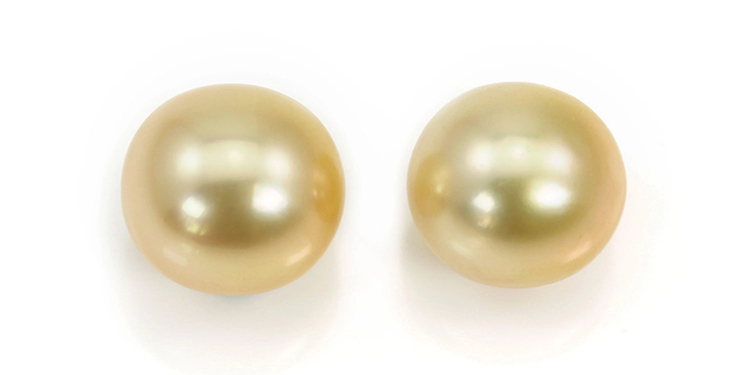
South sea pearls with an AA+ rating can have very high Luster. Pearls with this grading will exhibit a very prominent hazing or perhaps slight hazing around its edges. One way to identify an AA+ south sea pearl is by checking your reflection.
If you can identify your face while the features remain blurry, you'd know it's a south sea pearl of AA+ quality.
Tahitian Pearl
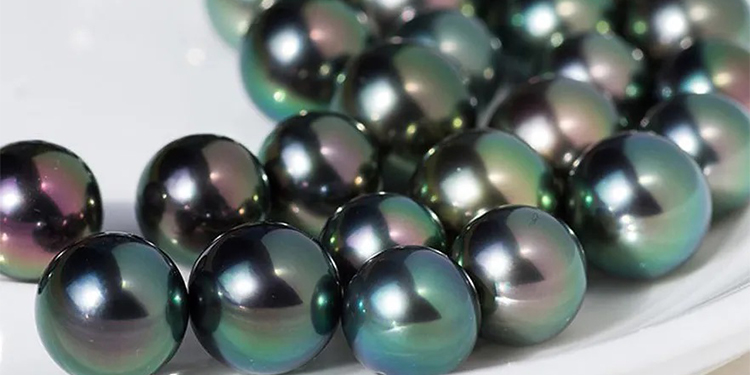
This is the more cultured pearl variety, which also spends a minimum of two years in the water while acquiring its thick nacre layers. Hence, your authentic Tahitian pearl, too, should have a satiny appearance and texture. Mind you, though. It will not necessarily have the highly reflective and sharp Luster you admire in others.
You will find Tahitian pearls quite dramatic and bold in appearance, unlike the delicate pastel hues characteristic of South sea pearls. Tahitian pearls are naturally black, while South sea pearls can range from pastel pink and creamy champagne to soft white.
Freshwater Pearl
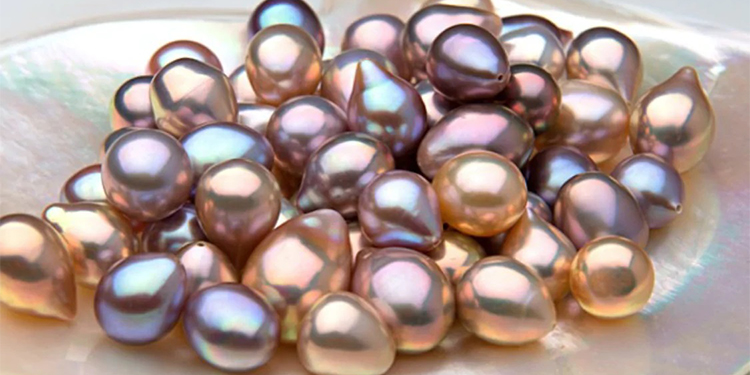
You will find freshwater pearls, a wide variety in many parts of the world. They have a comparatively softer and less crisp luster, primarily due to their nacre makeup comprising solid crystals. Freshwater pearls are highly durable, but their composition tends to slow down the reflection of the light beams.
When you behold a freshwater pearl, you will find a satin-like sheen on its appearance but nothing that will command your visual attention. Freshwater pearls can have a luster grading as follows:
- Poor
- Medium
- High
- Very high
- Very high to excellent
- Excellent
How does the Pearl Luster impact Pearl's Value?
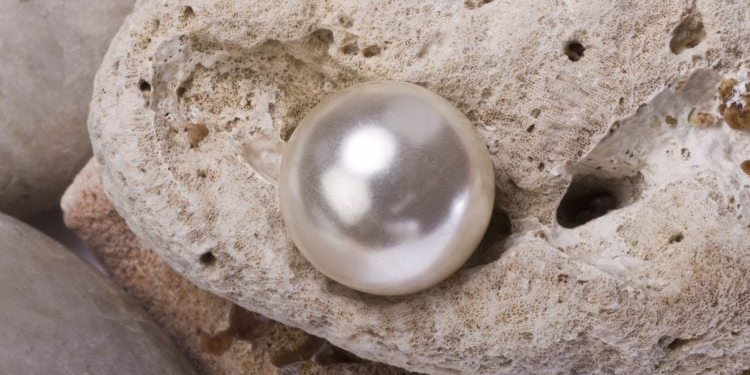
As we discussed above, the Luster is one of the defining components of a pearl's unique beauty, whether natural or cultivated. This is because the other values can often be equal within pearl types, and Luster is a helpful way of differentiating between the higher and lower quality ones.
Hence, the higher the Luster of a pearl, the more its value will be. As you can figure, the level of the Luster can significantly drive the price of the pearl higher or lower. To assess the value of a saltwater cultured or natural pearl, you can always refer to its grading certification.
Final Thoughts
When purchasing any valuable gem, you must consider its weight, color, shape, and size, among other essential characteristics. These are the defining factors of the gem's value. In the case of pearls, Luster is its most defining element. The pearl luster makes it easy to evaluate the quality and worth of the pearl variety based on the quality of its Luster.
However, while Luster is undoubtedly a critical quality, you should pay due attention to its surface quality, color, shape, and size to make the best choices.


Leave a Comment